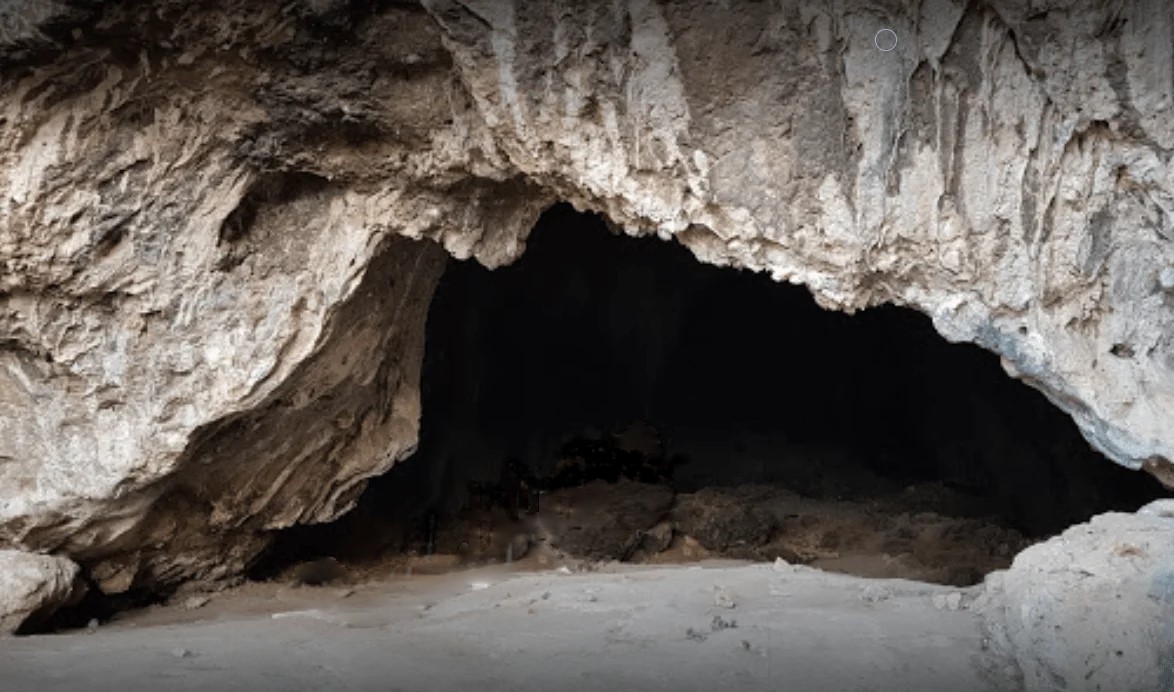LA GROTTA DI SAN TEODORO

A Pizzo Castellaro, alle pendici del Monte di San Fratello, nel territorio del comune di Acquedolci si apre la grotta di San Teodoro, dedicata al santo (San Teodoro martire dell'iconoclastia) dai monaci basiliani che vi si rifugiarono in fuga dall'iconoclastia dell'oriente, i cui primi rilevamenti documentati risalgono alla seconda metà dell'800.
È situata a 140 m di altitudine, profonda circa 70 m e si è formata in seguito a fenomeni carsici in prossimità del Riparo Maria.
Gli scavi condotti nella porzione di terreno antistante la grotta ha rivelato la presenza di un bacino lacustre risalente al pleistocenico e resti di ippopotamo endemico siciliano ma anche di altri animali come elefanti, cervi, orsi, lupi iene, bisonti e altri riferibili a periodi successivi.
All'interno, scavi appofonditi hanno portato alla luce i resti di sette scheletri umani, cosa di estrema importanza rivelatrice della presenza di una popolazione nel territorio durante quel periodo, alcuni sono riconducibili a vere e proprie sepolture (denominati Theo e Thea), come dimostra lo strato di terra ocra di cui erano ricoperti, interessante la scoperta anche di manufatti litici e residui di oggetti ascrivibili alla caccia e alla vita quotidiana.
Per approfondire:
(English)
THE CAVE OF SAINT THEODORE
At Pizzo Castellaro, on the slopes of Mount San Fratello, in the territory of the municipality of Acquedolci, opens the cave of St. Theodore, dedicated to the saint (St. Theodore martyr of iconoclasm) by Basilian monks who took refuge there while fleeing the iconoclasm of the East, the first documented detections of which date back to the second half of the 1800s.It is located at an altitude of 140 m, about 70 m deep and was formed as a result of karst phenomena near Riparo Maria.
The excavations made in the portion of the ground facing the cave has detected the presence of a lake basin dating back to the Pleistocene and some remains of a Sicilian endemic hippopotamus, and also of other animals like elephants, deers, bears, wolves, hyenas, bisons, and some elses, referable to following periods.
Inside of it, some excavations have brought to light the remains of seven human skeletons, that is a fact of an importance that reveals the presence of people in the territory during that period; some of them are referable to real burials (called Theo and Thea) as the layer of ochre land of which they were covered; it’s also interesting the discover of lytic manufactured products and remains of objects that can be ascribed to the hunt and the daily life.
For further informations: